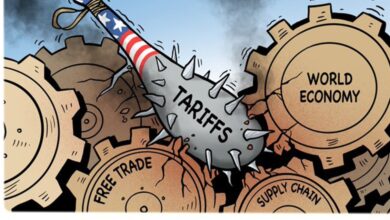Onion Buffer Raised to 0.5 MT, Procurement Stepped up for 2023

Onion Buffer Raised to 0.5 MT, Procurement Stepped up for 2023
The government ramped up the acquisition of the common vegetable on Sunday and boosted the onion buffer from the present level of 0.3 million tonne (MT) to 0.5 MT to prevent price instability. With a regulated release from the increased supplies, the action aims to ensure that any soaring of the retail prices in the upcoming months may be avoided.
The National Cooperative Consumers Federation of India (NCCF) and the farmers’ cooperative Nafed were given orders by the department of consumer affairs to purchase 0.1 MT of onions from farmers in order to meet the additional procurement target.
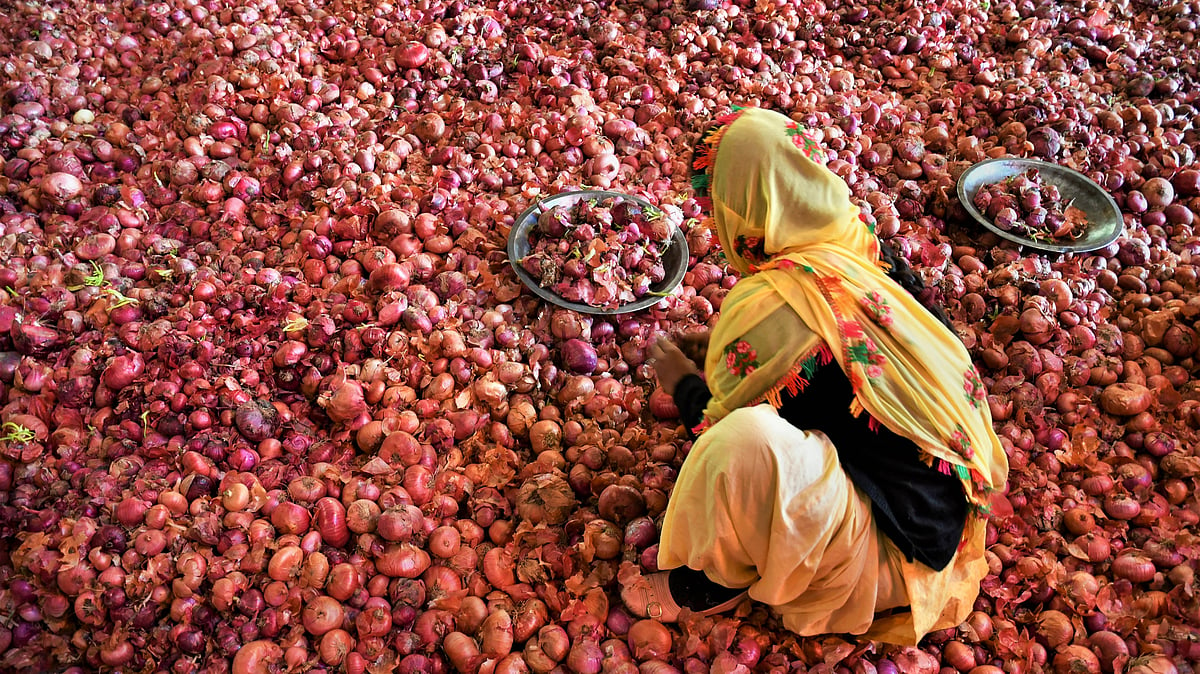
The agency has instructed NCCF and Nafed to make sure that the purchased supplies are properly disposed of in significant cities.
As a part of the government’s buffer, the two agencies had purchased 0.15 MT of rabi onions from Maharashtra and Madhya Pradesh each in June and July.
The government decided to levy a 40% export tariff on onions one day before deciding to expand the buffer. According to the finance ministry, the tariff on onion shipments would be effective until December 31, 2023.
To prevent a price increase, the consumer affairs ministry recently agreed to release 0.3 MT of onion from its buffer in stages. According to a formal release, NCCF’s mobile vans and retail locations would starting selling onions from the buffer to retail customers on Monday for a discounted price of Rs. 25/kg.
Onion inflation, which had been in the negative range since September 2021, increased to 11.72% in July from 1.65% in June.
Due to indications of slow kharif seeding due to the monsoon’s delayed arrival in the major producing states of Maharashtra and Karnataka, retail prices of onions have begun to increase for the first time in the recent few weeks after almost two years.
Due to unseasonal rains in Maharashtra and Karnataka in April, stored rabi crops had a high moisture content that shortened their shelf life and raised concerns about a possible supply shortage by September.
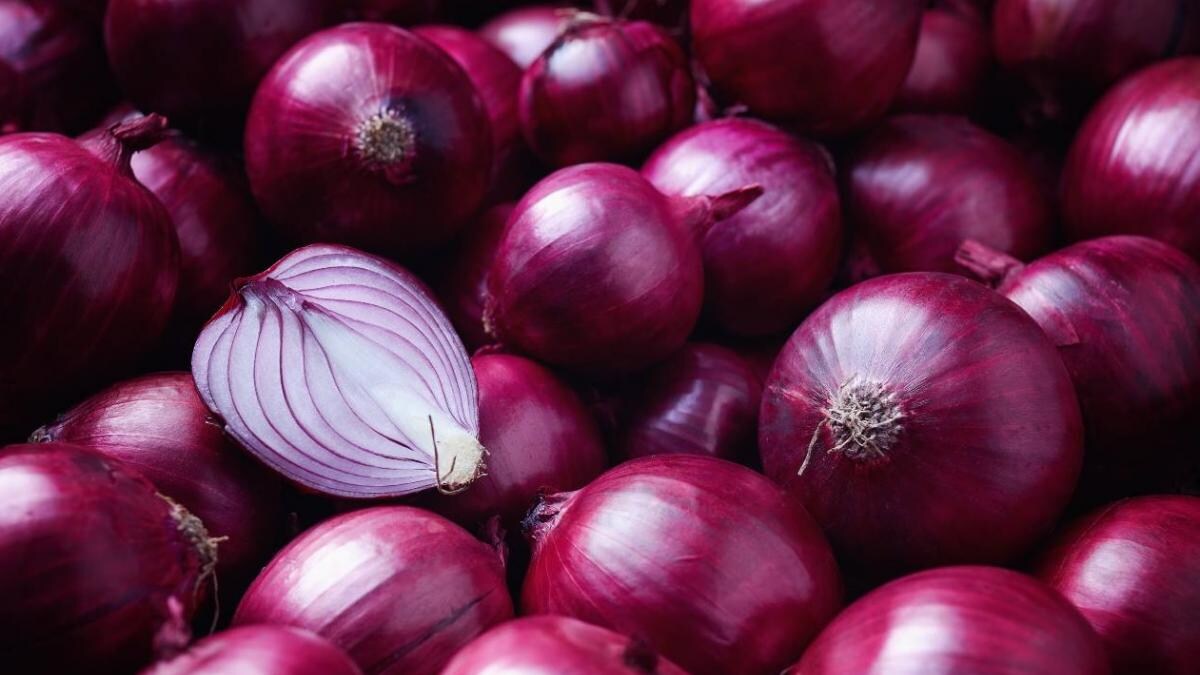
The department of consumer affairs reports that the median retail price of an onion increased on Saturday from Rs 20/kg at the start of the year to Rs 30/kg. Retail onion prices are anticipated to reach Rs 60-70/kg next month, according to a recent study from the rating agency Crisil.
According to a government announcement, “Measures taken by the Government onion like procurement for the buffer, targeted release of stocks, and imposition of export duty will benefit the farmers and consumers by ensuring remunerative prices to the farmers while ensuring continuous availability to the consumers at affordable prices.”
In 2022–2023, India exported a record 2.5 MT of onions, a 65% increase over the prior year. In order of importance, Bangladesh, Malaysia, Sri Lanka, and Nepal exported the most onions in the previous fiscal year.
India is the world’s largest producer of onions, and more than 70% of the nation’s production comes from Gujarat, Maharashtra, Madhya Pradesh, and Karnataka.
Onion output was predicted to be 31.01 MT for the crop year 2022–2023 (July–June), a little decrease from the 31.7 MT reported the year prior. In 2020–21, kitchen bulbs produced 26.64 MT.
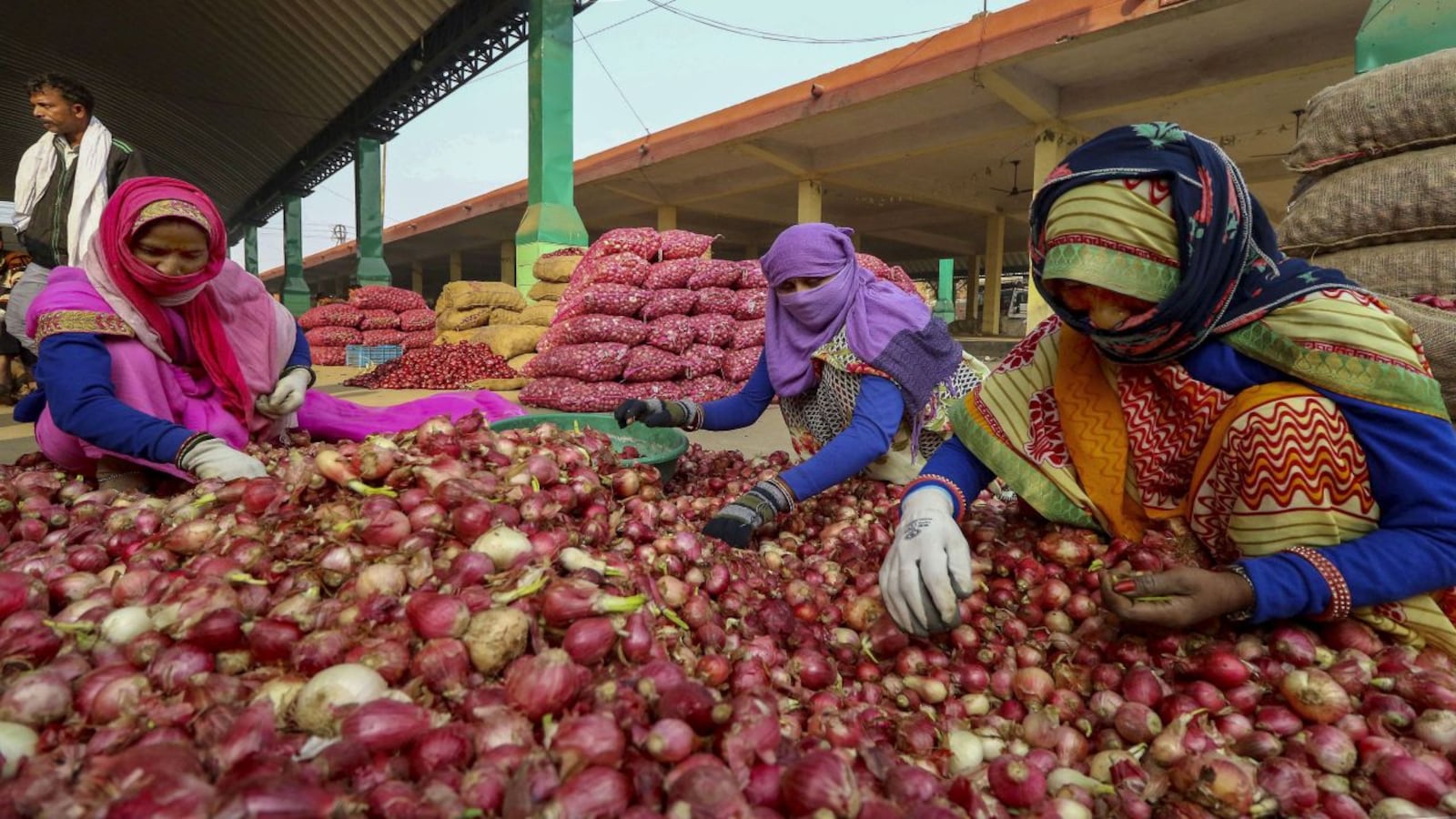
In a decisive move to counter the perennial volatility in onion prices, the Indian government has announced a raise in the onion buffer stock to 0.5 million tonnes (MT) for the year 2023. The decision aims to ensure price stability, while also safeguarding the interests of both producers and consumers alike.
This increase is accompanied by a parallel effort to step up procurement operations. This article delves into the details of the new policy, the need for such a measure, and the anticipated consequences for various stakeholders.
The Central Government revealed its intentions in an official press release that outlines how the buffer would be raised from the earlier 0.3 MT to 0.5 MT. The increment of 0.2 MT is designed to maintain equilibrium between demand and supply, especially during times of seasonal shortages.
Alongside this, procurement from farmers will be intensified, aided by various agencies like NAFED (National Agricultural Cooperative Marketing Federation of India Ltd.).
The onion is a critical vegetable in Indian cuisine and is seen as an essential component in everyday meals. However, its prices have always been susceptible to sharp fluctuations due to a range of factors, including weather conditions, pest infestations, and storage issues.
The government had been maintaining a buffer stock to modulate these prices, but the earlier limit of 0.3 MT was found to be insufficient in managing the supply-demand dynamics effectively.
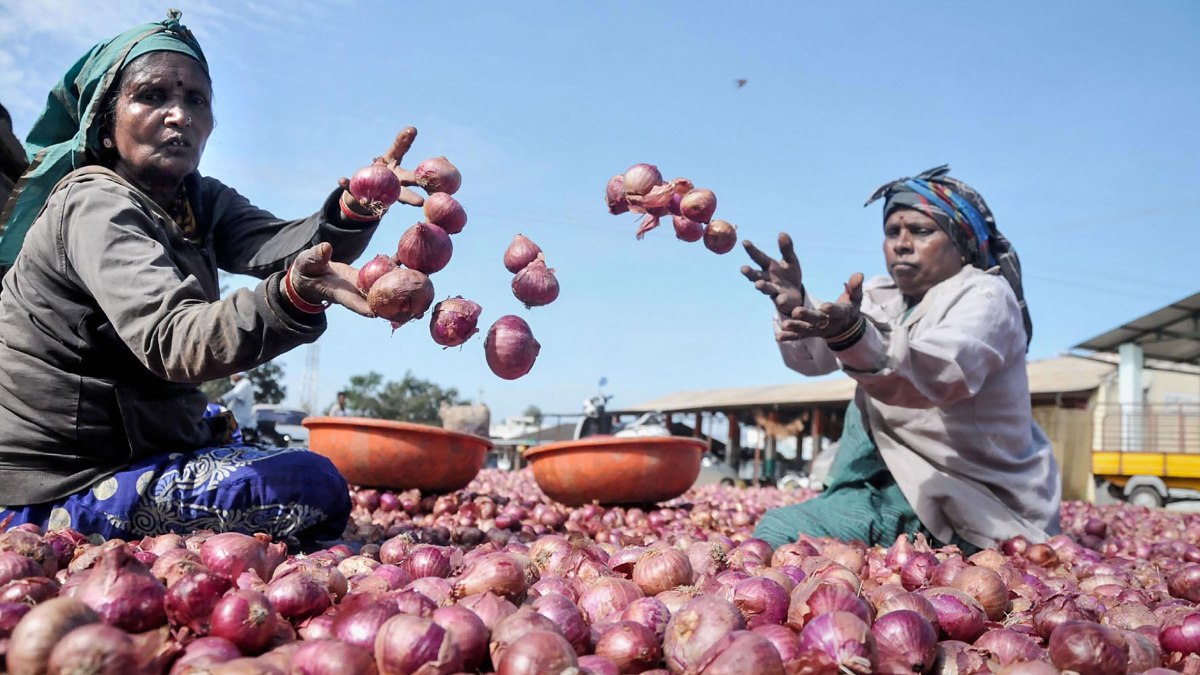
The increased buffer stock will act as a cushion during periods when prices soar. By releasing onions from the buffer, the government can exert a downward pressure on retail prices.
Farmers often face the brunt of falling prices during periods of high production. The larger buffer and increased procurement promise a more reliable market, reducing waste and improving income stability.
Consumers will benefit from a more stable pricing structure, making the essential vegetable more affordable, especially for lower-income households.
Raising the buffer involves a logistical labyrinth that includes storage, transportation, and procurement.
Enhanced storage facilities will be necessary to accommodate the increased stock. The government plans to build new cold storage units and improve the existing ones for this purpose.
Faster and more efficient transport systems are being considered to shift the onions from farms to storage facilities and eventually to the market.
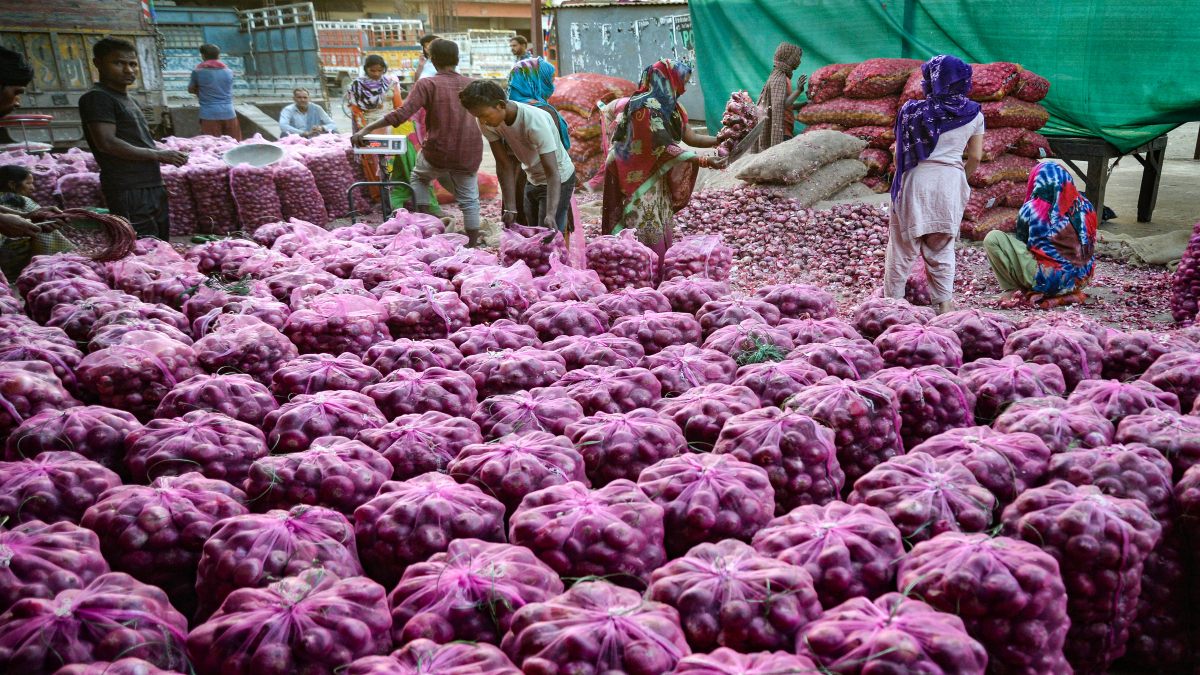
Agencies involved in procurement will need to streamline their operations. Procurement prices will be monitored closely to ensure fairness to farmers.
While the move has been lauded, there are challenges that need to be addressed:
- Storage Wastage: Inadequate or inefficient storage can lead to spoilage.
- Operational Efficiency: The speed of procurement and release of stock to the market must be well-calibrated.
- Quality Assurance: Maintaining the quality of onions over an extended storage period is a concern.

The decision to raise the onion buffer to 0.5 MT and stepping up procurement for 2023 is an ambitious effort by the government to counter price volatility and protect the interests of both farmers and consumers. It represents a multi-pronged approach to a problem that has long vexed the Indian agriculture sector. However, the real test will lie in the implementation of these measures and addressing the logistical and operational challenges that come with it.

